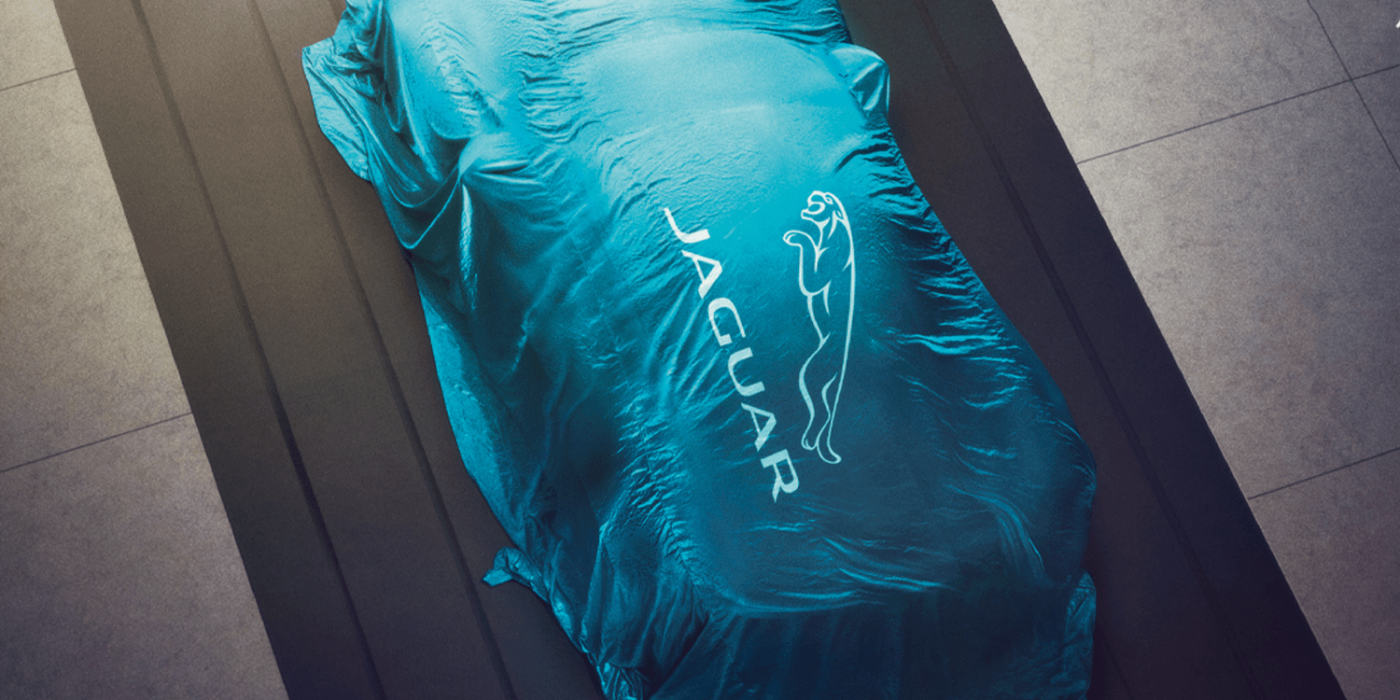Jaguar Land Rover specifies EV production goals
Jaguar Land Rover will invest £15 billion in its electric future over the next five years. The equivalent of $18.6 billion will be used to launch new electric platforms and prepare plants for (component) production.
The Halewood plant will be converted into a purely electric production facility, according to Jaguar Land Rover. The Wolverhampton engine plant, which currently produces combustion engines, will manufacture electric drive units and battery packs for JLR’s next generation of vehicles. The plant will be renamed ‘Electric Propulsion Manufacturing Centre’ to reflect this move.
After the British carmaker announced in February 2021 that Jaguar would become an all-electric brand from 2025, it was relatively quiet about upcoming model plans. That is now changing, although not as expected – because initially, the brand will not launch any additional electric Jaguars – but a Range Rover.
According to JLR, it will take pre-orders for the all-electric variant of the Range Rover before the end of this year. The first next-generation luxury SUV will be an all-electric midsize Range Rover, manufactured in Halewood and launched in 2025. The carmaker does not give any details, but a “midsize” Range Rover could be roughly equivalent to the current internal combustion Velar model at just under 4.80 metres in length.
Two electric Range Rovers and a Jaguar by 2025
The upcoming electric SUV will be based on the new all-electric EMA platform. According to a report from 2021, this is an 800-volt platform, and the Electrified Modular Architecture will also be equipped with particularly high-torque electric motors.
In addition, JLR will retain the MLA platform, on which e.g. the Range Rover and Range Rover Sport are based. It offers all options: Internal combustion engine, hybrid and battery-electric drive. Possible technical data for a BEV model on this platform are not yet known.
A third electric platform is being developed for Jaguar. The first of Jaguar’s three redesigned electric luxury models will be a four-door GT, which will be manufactured in Solihull. With more power than any previous Jaguar, an electric range of up to 700 kilometres and prices starting at £100,000, the new Jaguar will be built on a proprietary architecture called JEA. This may be the renamed Panthera platform, which then-CEO Thierry Bolloré announced to investors in February 2022. Sales of the GT are due to start in 2024, with deliveries in 2025.
While JLR reaffirms the “Reimagine” strategy developed by Bolloré in the announcement, it seems unlikely that the carmaker will reach its goal of making Jaguar a purely electric brand by 2025. Even if the Jaguar I-Pace, introduced in 2018, survives the brand’s electrification plans, Jaguar would have just two models on offer in 2025: the I-Pace and the just announced four-door GT. Besides the I-Pace, there are currently five internal combustion or hybrid models in the portfolio – the SUV models E-Pace and F-Pace, the saloons XE and XF and the sports car F-Type.
The ‘Reimagine’ strategy, which the current CEO and former CFO Adrian Mardell helped shape, also envisages the repositioning of JLR “as an electric-first, modern luxury carmaker by 2030.” That goal seems more realistic – also in view of the global demand for electric premium SUVs and the Range Rover announcements now made.
“Today I am proud to announce we are accelerating our electrification path, making one of our UK plants and our next-generation medium-size luxury SUV architecture fully electric,” says Mardell. “This investment enables us to deliver to our modern luxury electric future, developing new skills, and reaffirming our commitment to be carbon net zero by 2039.”





0 Comments